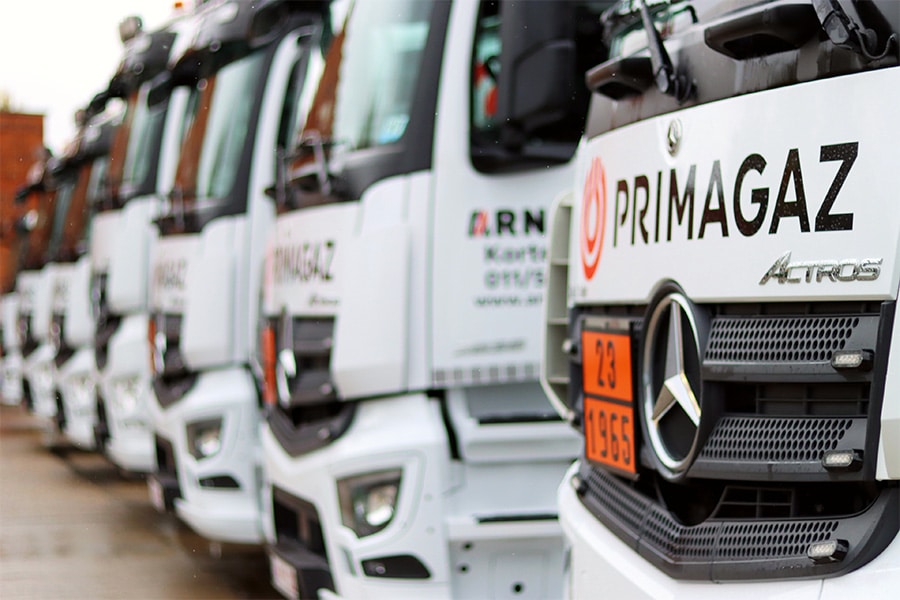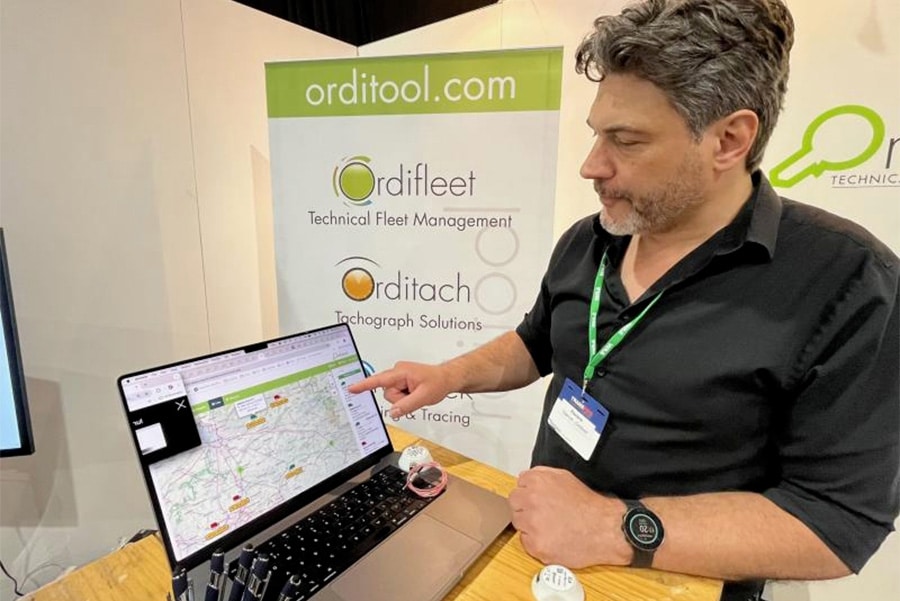
Zwijndrecht continues reuse of lava road foundation
The municipality of Zwijndrecht manages and maintains approximately 2,500,000 m² of pavements. Approximately 650,000 m² consists of asphalt. Under a large number of asphalt roads, lava was used as road foundation material in the past. For a number of roads with a lava road foundation there was a major maintenance challenge.
When preparing preliminary cost estimates for the maintenance projects, Zwijndrecht discovered that the traditional work method required them to excavate, drain and dump substantial amounts of lava. In addition, poor accessibility to adjacent neighborhoods and business parks was an undesirable effect. Drop-weight-deflection measurements were made on the Ringdijk, Molenweg and Lindtsedijk. The average measured stiffness of the lava road foundation was only 45 MPa. This value was too low to reuse the lava directly as road foundation material.
Research on reuse
Zwijndrecht was forced to seek advice on how best to deal with the existing road foundations and had to look for alternative working methods. One solution was to investigate the reuse of existing lava. The necessary studies were conducted to assess whether this was feasible. The following investigations took place, among others:
- Determine stiffness of existing road foundations by fall-weight deflection measurements;
- Create test samples in a laboratory and test;
- Designating a test section.
Sample
Road Construction Consultancy Bureau Van den Boom BV, now Lavaplus BV, came up with a possible solution: reuse the lava in situ by mixing it with cement. The consultancy had carried out tests in a laboratory in 2007 by mixing lava with cement. The measured stiffness values averaged 3,500 MPa. These values were submitted to the water board (WSHD) of the water defenses on which the municipal roads lie. The WSHD considered the stiffness value of about 3,500 MPa on average to be far too high as a (stiff) foundation layer in a dike pavement. This is because a dike is always in motion, potentially causing significant cracking in the foundation and road pavements.
The consultant came up with the idea of mixing the lava with foamed bitumen and cement.
This makes the foundation layer more flexible than if the layer was mixed with cement alone. Previous reference work was sought. Research via the Internet and various professional journals revealed that the mixing of lava with cement and/or foamed bitumen had not yet been applied anywhere.
The next step was to experiment with this in a laboratory. Test tablets were made and the Marshall value was initially determined. This test gave hopeful results. Next, the test tablets were used to determine the stiffness value. This test was also successful. It showed a stiffness value of 750 MPa. Even better than the values of common foundation materials, such as mixed granulate (400 MPa) or hydraulic mixed granulate (600 MPa).
Sample section
Based on the positive results obtained in the laboratory, Zwijndrecht designated a test section of 150 meters long on a dike body (Ringdijk) in 2011. These laboratory results were tested in practice by the municipality and the Advisory Bureau. This test section is monitored annually. The road construction still meets the requirements set by the municipality in 2011.
Completed projects with upgraded lava foundation
With the experience of the trial section, it was decided to carry out the Ringdijk Rehabilitation Project (1.3 km) in 2013. Again, the existing lava foundation was mixed with foamed bitumen and cement. Then in 2014 the Molenweg in Heerjansdam (0.4 km) and in 2018 the Lindtsedijk (3.5 km) were tackled in the same way.
In summary, the following can be concluded:
- Due to (circular) reuse of the lava foundations, hardly any removal and/or supply of required (soil) materials took place;
- Significantly less CO2 emissions take place;
- Faster construction times were realized;
- The inconvenience to residents and businesses was significantly less;
- On the construction costs for three projects, about €1 million (including VAT costs) has been saved compared to traditional implementation methods;
- A longer life of the road pavement is expected due to the good rigidity of the new road foundation.




